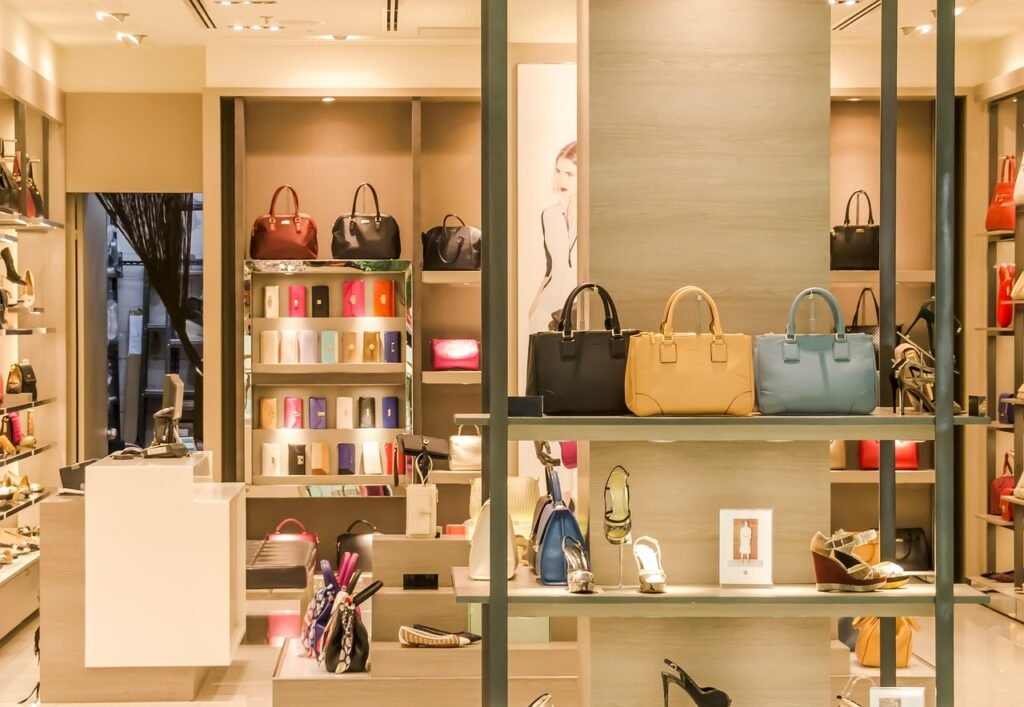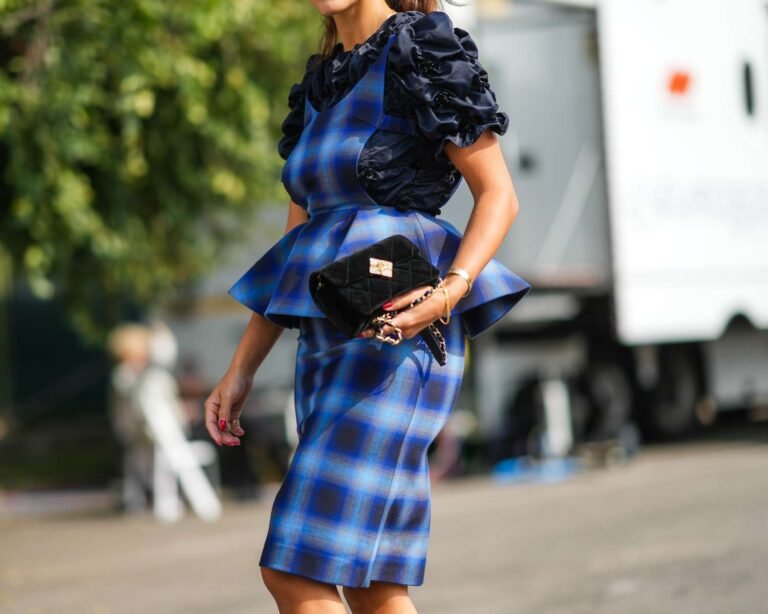
By Global Elite Business Magazine Staff
Once defined by heritage, exclusivity, and lineage, luxury in 2025 is undergoing a decisive shift. At the center of this transformation is Generation Z, a demographic whose cultural fluency, social consciousness, and digital instincts are forcing global luxury houses to rethink tradition. For an industry long accustomed to dictating taste, the script is being rewritten—by the consumers themselves.
A New Consumer Profile
Gen Z, now aged between 13 and 28, represents nearly one-third of the global population and commands rising spending power projected to exceed $4.4 trillion by 2030 (Statista). But their value to the luxury industry goes beyond numbers—they are setting the tone for how luxury is perceived, purchased, and publicly displayed.
Digital-First and Platform-Driven
Unlike previous generations who engaged with luxury in person, Gen Z’s first encounter is almost always digital. According to Deloitte’s 2025 Global Gen Z Survey, 62% of Gen Z luxury buyers make their first purchase online, influenced more by TikTok creators and niche Discord communities than glossy magazine ads.
Instagram Live drops, limited-edition collaborations on Snapchat, and AR-based virtual showrooms are replacing the traditional in-store showcase. For brands, digital presence is no longer a channel—it’s the battlefield.
Ethics, Not Exclusivity
Prestige today is not defined by price tags but by purpose. Gen Z consumers demand that luxury brands demonstrate their ethical foundations. Environmental impact, labor transparency, and social positioning are all scrutinized before a product enters their cart.
A 2025 McKinsey & Co. survey revealed that 74% of Gen Z shoppers are willing to boycott brands that conflict with their values, and 63% prioritize sustainability over brand prestige.
Luxury labels are reacting. Gucci’s “Off the Grid” collection utilizes recycled materials. Burberry has pledged carbon neutrality across all operations. Hermès is trialing blockchain to validate ethical sourcing from farm to fashion.
Virtual Goods, Real Status
In 2025, luxury is no longer constrained by physical form. The rise of digital-only goods—NFT accessories, metaverse fashion, and branded avatars—has created a new market of symbolic capital. Ownership is expressed through virtual bags, not just Birkin bags.
Balenciaga, Burberry, and Dolce & Gabbana have built full-fledged ecosystems of virtual exclusives. These are often purchased using cryptocurrency and tied to exclusive community access, events, or resale value.
The End of Gender in Design
Gender neutrality is no longer a fringe trend—it’s mainstream. Customization and fluidity are at the heart of Gen Z’s buying patterns. Products that ignore binary marketing outperform traditional lines, especially in luxury streetwear and beauty.
“Luxury isn’t about tradition anymore. It’s about resonance,” says Lee Kwan, Creative Director at Seoul-based label NUEVO. “If a product doesn’t reflect the buyer’s identity, it won’t sell.”
Global Pulse, Local Language
While Europe remains the historical center of luxury, growth is being driven by Gen Z consumers in China, India, Southeast Asia, and the Middle East. These markets demand cultural fluency, regional relevance, and local storytelling.
Brands are investing in regional collabs, local brand ambassadors, and culturally adapted campaigns. What works in Paris doesn’t always land in Mumbai—and Gen Z has the global perspective to call it out.
Conclusion: A Redefinition, Not a Rejection
Gen Z is not rejecting luxury—they’re redefining it. Prestige is now built on transparency, technology, and identity. For legacy brands willing to evolve, the rewards are immense. For those that remain static, relevance will fade fast.





